Emotional wheel is something you’ve probably heard about. Daily, we are bombarded with triggered emotions. If we process them when they happen or within the week, that’s healthy for us so we don’t assume trauma that hurts our happiness. I learned the hard way, but lessons learned gave me wisdom to end the madness even if it was delayed by years.
And these healthy black and white chocolate dipped biscotti (recipe below) ⬇️ represent the refining process of going through (the oven) again to get to the optimal finish line bake. You can make these when you’re working on your emotional wheel feelings, and not sure if you’re feeling up or down or all around that life can serve up.
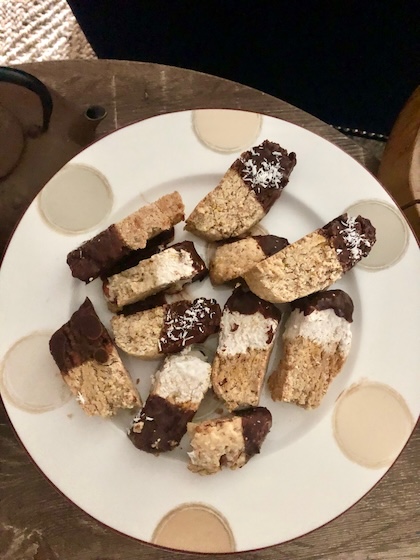
I was on a recent webinar presentation watching a respected leader and expert I have been listening to for years. She’s usually always on point except for this one display of being on an emotional wheel.
Consequently, her mind jumped all around, from one thought back to another. I felt for her. Like a trouper, she just went on like the professional she is.
Halfway through, she mentioned her forgetful mood was because she didn’t have anything to eat as a result of a hectic morning. But I could see and feel through the screen that the turmoil she was having was from a temporary Vata and Pitta imbalance, simultaneously going on at the same time.
I know that because I’ve been there and I’m sensitive to those imbalances.
We often try and associate our off-ness with a routine missed, or else we just let the moments pass and resolve themselves.
But what if it doesn’t? …and those moody feelings go from a day into days or weeks?
In this webinar I was on, this expert was also more impatient than usual. She didn’t usually point out when she had answered a question already. She typically just graciously found a new way to answer with additional ideas and value. She’s usually very calm and in control in mind-body connection ways.
I’m using this as a case study, as this can happen to any of us in our human-ness, no matter how put together or skilled we are. We’re not robots, thank goodness!
And this helps explain tennis pro, Naomi Osaka’s performance this week in the U.S. Open tennis match (and previous matches) where she has shown signs of frustration, throwing her racquet to the hardcourt. She was up and winning in the first set and then her mind-body turned on her, and she ended up going on a losing streak to a younger underdog player.
This is why they play in professional sports, because mostly if they can contain their emotions and control with a focused, coordinated mind-body, then they shine. But no matter how pro they are, they can lose it if they get inside their heads, and their bodies don’t perform in the tip-top way they want.
Anxiety is one of those emotions that can be crippling. And anger (or irritation as a subtler form) is another. You can go from one undesirable emotion to the next in the spectrum of the emotional wheel.
In my wholeness journey (as a 3rd study case), I’ve learned how to remove and calm those emotions that used to play a regular or seasonal role in my life. I just thought that was the way I was. I didn’t know back then I could do something about it that would change my life.
Then on top of those emotions, I used to think SADD (seasonal affective disorder) was what I would experience all my life from a teenager on, when every February I would feel hormonally imbalanced or slightly depressed. Do they even talk about this anymore as there are so many other known disorders in our more open, aware society?
I knew once March rolled around I was good and chipper again. But not everyone bounces back that way.
As I grew up, I learned to get the right vitamins, minerals, and herbal supplements, and that helped along with all the other healthy and daily practices I implemented to enjoy every day.
In this similar way of seeking knowledge, I learned how to restore anxious-irritated feelings. We all have some feelings we have running on the surface or as undercurrents in our life, and are sometimes stronger based on our life situations.
In my desires and awareness, I learned how to faster restore those symptoms from the body-mind perspective, so that even the inward expression and feelings disappear. That’s a big transformation. And I realized it’s possible to improve your life with better wisdom and practice.
Emotional Wheel: Anxious Vata vs Angry Pitta Imbalances
There’s a varying spectrum of symptoms or descriptions you can use for Vata vs. Pitta imbalances on the emotional wheel.
An anxious Vata imbalance can show signs of being worried, scared or fearful (like if you will lose something valuable or if you feel uncertain about an outcome).
An angry Pitta imbalance can feel hot-tempered, irritated, annoyed, critical, or impatient (or feel a need to be more right about everything than usual).
In both cases, you want to get back to your calmest self as soon as possible. We all know stress causes havoc on our bodies and minds. And when you’re calm, you make better decisions when you can think and act clearly.
But each specific imbalance needs a different remedy.
If you have a Vata imbalance, you can first more notice your symptoms in your heartbeat, stomach, and sweaty hands (before it impacts your mind). You want to control those with your thoughts. You want to change that, to feel fearless and confident.
In a high-pressure situation like in a world-is-watching-your tennis court performance, that’s not easy to do and to revert back right away. At home or in your life, that’s what you want to do.
If you have a Pitta imbalance, your mind can often be impacted first. Triggers can set off your mind, and then your actions create your behaviors that lead to body stressors.
We all are born with a split mind that I won’t get into here, but this can be part of a personal growth journey you take to have one productive, loving mind in your higher self-space.
It’s the stuff I breathe, share, teach (and stand for). I believe your health and happiness are dependent on your growth and based on your choice and decision to take a better path than how you started or were given.
And in either case of Vata or Pitta imbalances, if you’re not calm then you’re stunted momentarily until you can restore and get back to your balance. You’re frozen from being creative and fully productive as your mind is distracted and can be racing, and that can impact your physical health like getting enough sleep and functioning optimally in the waking hours.
…Such as sitting still can be a Vata challenge and getting motivated to do calming yoga can be something you need to convince your body to do if it will cooperate. And a Pitta challenge can be to not express knee-jerk reactions, opinions, or interrupt. These subtle occurrences are emotional wheel signs that can be balance restored. Just like you get your tire wheels balanced (in alignment) on a car, your body-mind needs addressing, tune-ups and check-ins, so it runs optimally for life.
If you have a Vata imbalance you can witness your jumping from task to task more than usual.
When you have a Pitta imbalance you can also be jumpy, but you may want to interject more often.
You can go from one imbalance to another quickly, the same day, or as often as the weather changes (along with the storms in your body), and naturally can go away.
But, a better goal is you don’t want to be jumpy at all. You want to get off the emotional hamster wheel. There’s no good benefit being on it. You want to be cool, calm and collected. Or happy, and your excitement is contagious so you can be your BEST YOU.
If you let go of the unwanted feelings, then that’s victory. But if these hindering feelings spin out of control in your thought life, then you can end up lashing out at others, being angry, or running away. And these can in a usually-delayed way show up on your body in some form.
When your balance is restored, you know because the feelings of calm and peace wash over, and you can find the joyful moments to keep you productive and happy at the moment. You are free and own the most important thing you have, Your Life. You feel on top of the world and your emotional wheel is balanced.
So now you know about the Vata-Pitta differences (or are getting a little more aware). What do you do about restoring your emotional wheel of undesired feelings?
It’s not exactly one size fits all as we have different bodies and minds (biodiversity), but since we’re all born with a body and mind, there are similar specific remedies that work for these imbalances.
For a Vata, ginger, and cinnamon in black teas can be your magic tea. Orange is one of your magical scents.
If you’re a Vata or have a Vata imbalance, you won’t want grassy tasting green teas (green smoothies are okay all the time 😊) or to do the creative activities, as your mind will still want to protect you like you’re being chased by a tiger.
If you’re a Pitta or have a Pitta imbalance, you won’t want sweets. You’ll prefer a plummy-sour fruit flavor or green tea, and you’ll want to get active. You can want the grassy cologne scents that you won’t normally be attracted to if you’re not a naturally dominant Pitta.
From anxiety to anger, you can easily go into a distracted fight-flight-frozen mode.
You get to know which imbalances you have when you like certain scented lotions and perfumes you like sometimes but not others. All that information is connected to your body-mind intelligence and imbalances.
Your body naturally knows what it wants and needs. It’s fascinating. That’s why I’m passionate about restoring imbalances that lead to better daily happiness and long-term health.
You can learn how to do this for yourself and others. As a first step you could take the body balance quiz to get some quick tips on how to restore your dominant imbalance and get advice for deeper insight on your body-mind imbalances. I love this mantra:
“When you know better, you do better.”
-Oprah and Maya Angelou
Break your patterns, stay curious, and with a growth mindset, you can make tweaks and improvements that affect your health and happiness. Let your emotional wheel of feelings help guide you. Be well.
Healthy Biscotti (No Butter or Sugar) - Black and White Chocolate Biscotti
Ingredients
- 2-1/2 cup flour
- 3 tsp baking powder
- 1-1/2 tsp aniseed, crushed
- 3/4 tsp salt
- 1/4 tsp cinnamon
- 1/4 tsp nutmeg
- 1/2 cup coconut oil
- 1-1/4 tsp almond extract
- 2 eggs
- 1 cups blanched almonds
- 2 tsp milk
- finely choped dates, orange zest, dried fruits as sweet
Instructions
- Make your dough with the ingredients. It should be cohesive and sticky enough to become a dough. You may need to add more oil or can substitute with yogurt or apple sauce.
- Roll our two rectangular loafs flattened at the top in 350°F oven for 25 minutes.
- Let cool completely. Then use a serated knife to make even-cut biscotti pieces.
- Then flip over and bake for 10 more minutes for twice baked.
- Let cool and dip in melted chocolate.
- Refrigerate and then dip in white chocolate for duo-chocolate.

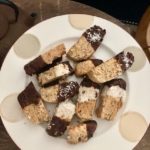
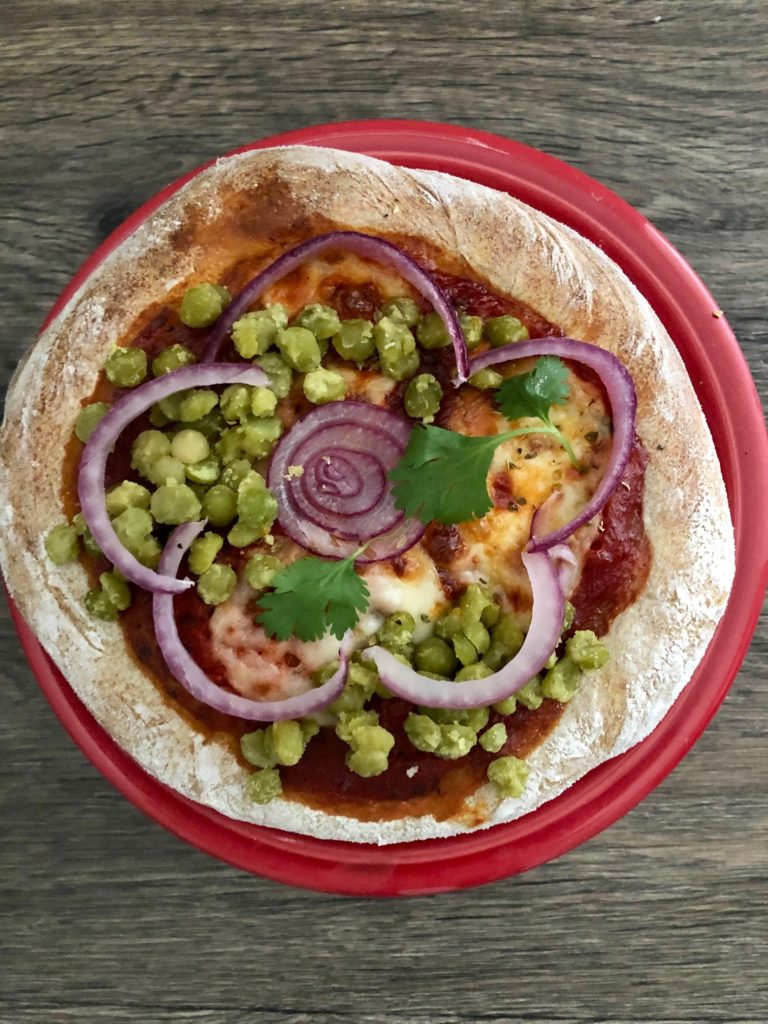
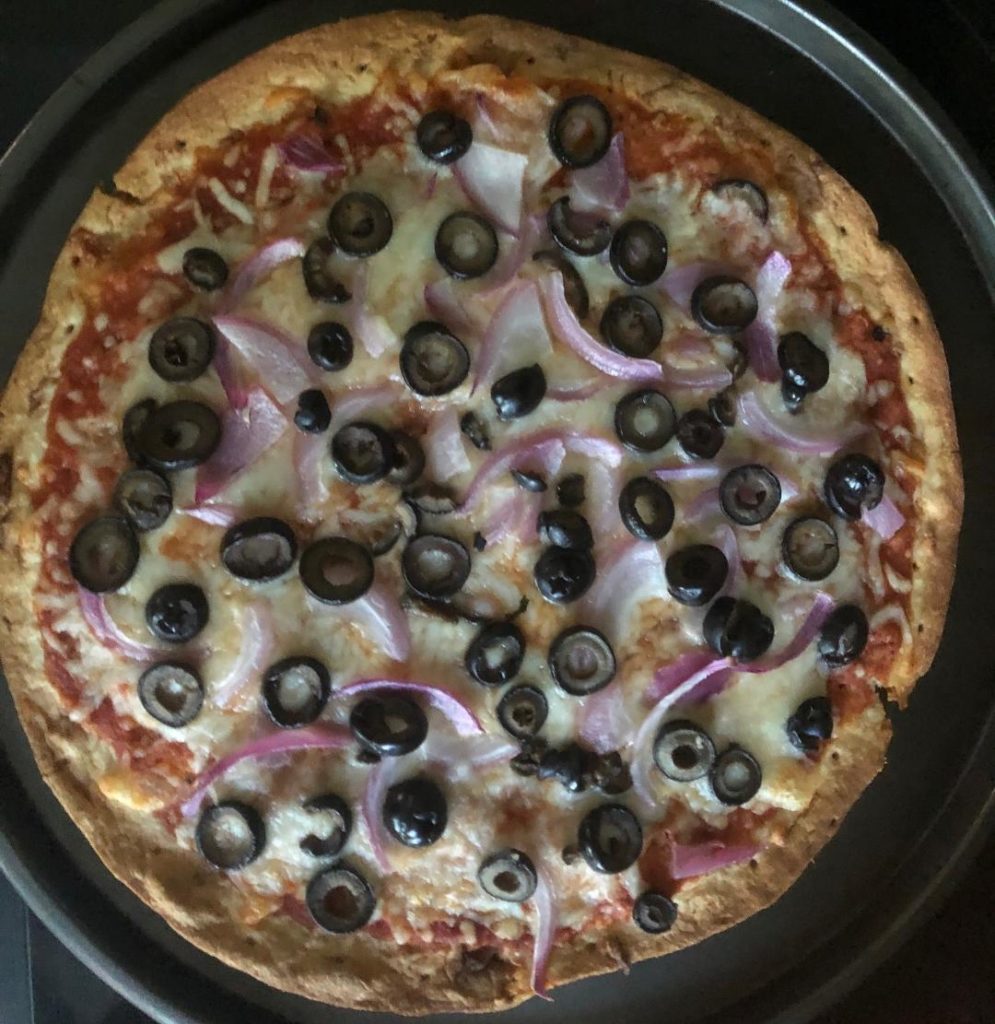







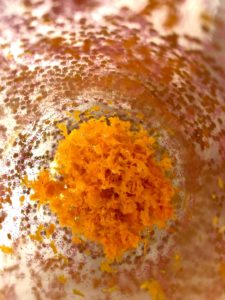
 Let’s see… does this describe you? You wake up and you want to eat something, but you crave something different than what you had for breakfast yesterday. (That’s a sign you could be a natural Vata). Why not try quinoa recipes for a morning cereal bowl that healthy eaters are raving about?
Let’s see… does this describe you? You wake up and you want to eat something, but you crave something different than what you had for breakfast yesterday. (That’s a sign you could be a natural Vata). Why not try quinoa recipes for a morning cereal bowl that healthy eaters are raving about?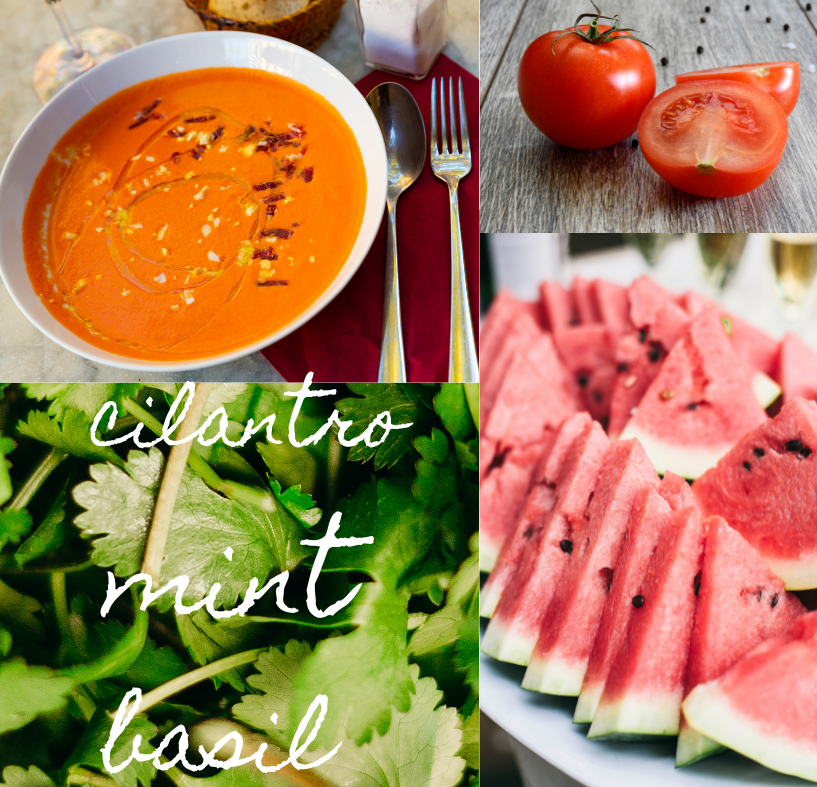 Off and on with my 20-year hospitality career, I worked behind-the-scenes in catering planning and event execution for Spanish, Italian, and Lebanese restaurants and fine hotels in the Washington, DC area — a top foodie hub.
Off and on with my 20-year hospitality career, I worked behind-the-scenes in catering planning and event execution for Spanish, Italian, and Lebanese restaurants and fine hotels in the Washington, DC area — a top foodie hub.